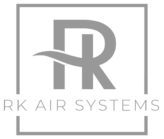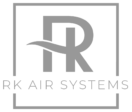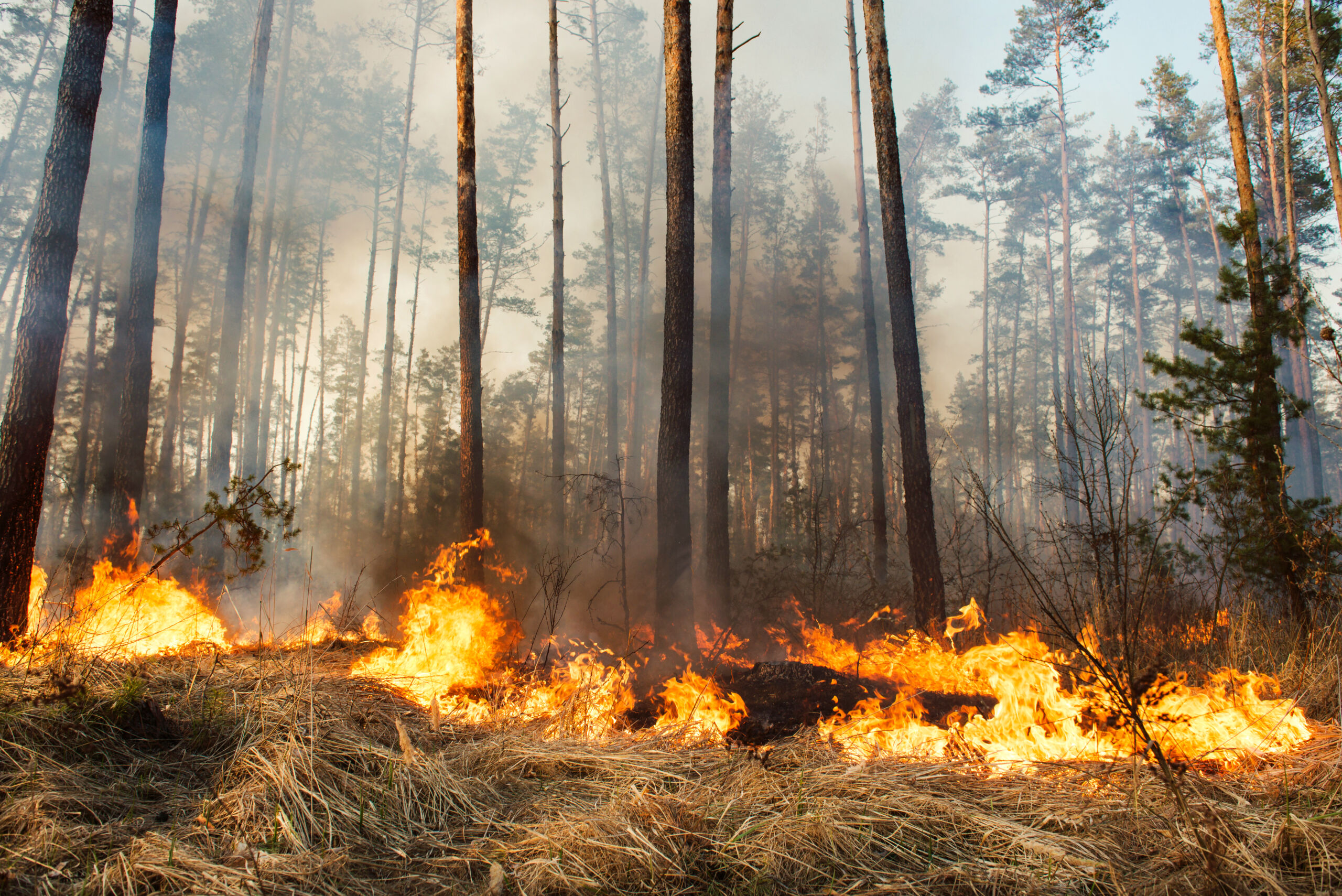As wildfires continue to rip through many parts of Canada – our air quality is suffering. It is essential to prioritize your health and well-being when faced with poor air quality, and taking proactive measures can help minimize the adverse effects on your respiratory system and overall health. Whether you are at home, in the office, or commuting, here are some practical steps you can take to protect yourself and limit the impact of compromised air quality.
- Keep windows and doors closed – While it may be tempting to let in fresh air, during times of poor air quality, it is crucial to seal your living space by closing windows and doors. Use weather stripping to prevent outside air from seeping in.
- Utilize air purifiers – Investing in a high-quality air purifier can significantly improve the air quality indoors. Opt for purifiers equipped with HEPA filters, as they are effective in capturing small particles, including smoke and allergens.
- Create a clean indoor environment – Minimize indoor pollution by avoiding activities that release pollutants, such as smoking, burning candles, or using harsh cleaning products. Vacuum regularly with a HEPA-filtered vacuum cleaner to reduce dust and allergens.
- Advocate for yourself – Talk to your employer and discuss the air quality concerns with your employer and inquire about any existing measures in place to address it. Consider suggesting the use of air purifiers or filters in common areas or work-spaces to improve the indoor environment.
- Limit outdoor activities – Minimize outdoor exposure during work hours, especially during periods of poor air quality. If possible, request flexible work arrangements, such as remote work or adjusting work schedules, to reduce your exposure to harmful pollutants.
- Monitor air quality – Stay updated on air quality levels in your area through local news, websites, or apps that provide real-time information. Plan your commute accordingly, considering alternative routes or modes of transportation if necessary.
- Use air filters in vehicles – If you commute by car, ensure that the vehicle’s cabin air filter is clean and functioning correctly. Consider upgrading to a filter designed to trap small particles, including those associated with smoke and pollutants.
- Limit exposure – During your commute, minimize exposure to outdoor air by closing windows and recirculating the air within the vehicle. Avoid physical exertion and breathing deeply while outside, especially in heavily affected areas.
- Protect your self outside – A well fitted N95 mask will prevent wild fire particles from entering your lungs and can keep you save while out and about.
- Stay hydrated – Drink plenty of water to keep your respiratory system hydrated and help flush out toxins.
- Monitor symptoms – Pay attention to any unusual symptoms such as coughing, wheezing, shortness of breath, or eye irritation. If symptoms persist or worsen, consult a healthcare professional promptly.
- Seek clean air shelters – Identify public spaces or community centres with good air filtration systems that you can visit if necessary. These places often serve as temporary clean air sanctuaries during periods of poor air quality.
During episodes of poor air quality caused by wildfires, it is crucial to prioritize your health and take necessary precautions. By following these guidelines, you can protect yourself and minimize the impact of compromised air quality whether you are at home, in the office, or on your commute. Stay informed and take proactive steps as we collectively navigate through challenging air quality conditions.



